Constantly renewing awareness, deeply implementing the strategy of a talent powerhouse
The Communist Party of China has constantly innovated its perception and given important directions and guidance for the development and implementation of talent strategies in general and science and technology talent strategies in particular, through policies and guidelines related to the management and development of talent teams, and deeply implemented the talent power strategy to meet the development requirements of the Party and the country of China.
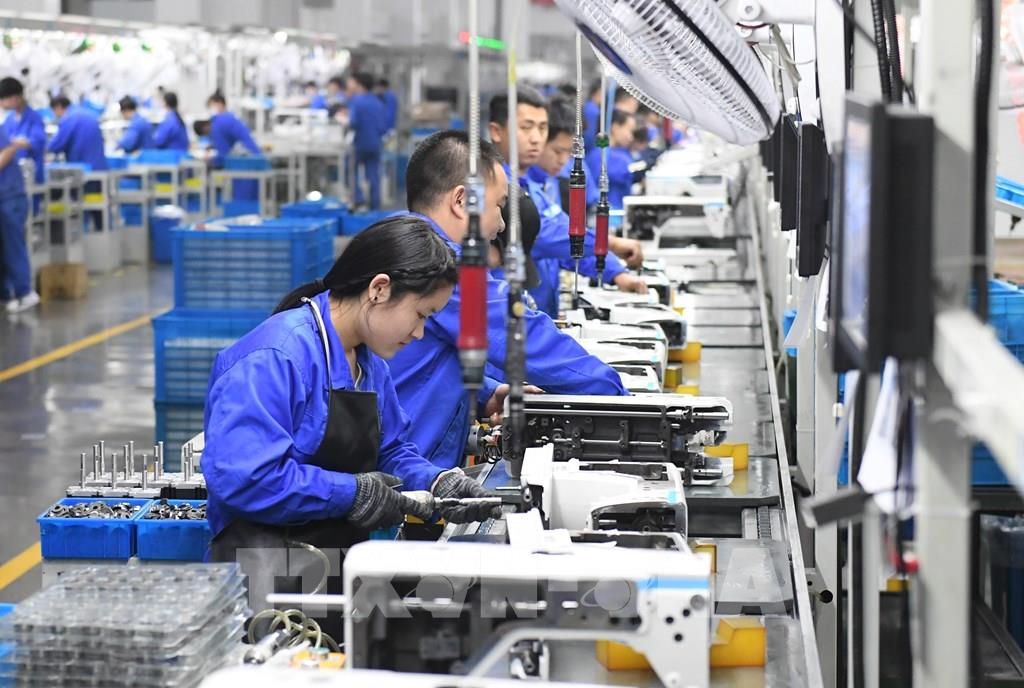
During the period of the National Democratic Revolution in China (1919 - 1945), the Communist Party of China proposed a policy of attracting a large number of intellectuals, gathering outstanding talents in all aspects to join the revolutionary ranks, creating a solid foundation of talents to contribute to the cause of fighting for national independence and people's liberation. After the founding of the People's Republic of China (in 1949), the Central Committee of the Communist Party of China issued a call to "reach out to science" and focused on cultivating scientific and technical talents. Entering the period of reform and opening up, the Communist Party of China advocated "respecting intellectuals and respecting talents" to mobilize all the enthusiasm, initiative and creativity of the large number of intellectuals. Entering the 21st century, after China joined the World Trade Organization (WTO, 2001), in order to respond to economic globalization and comprehensive national strength competition, in the 10th Five-Year Plan for China's Economic and Social Development (2001-2005), issued in 2001, China first identified the talent strategy as a national strategy. By 2007, the talent power strategy had become one of the three fundamental strategies in developing socialism with Chinese characteristics and was included in the Report and Party Charter at the 17th National Congress of the Communist Party of China (2007). In 2010, the Central Committee of the Communist Party of China and the State Council of China issued the Outline of the National Medium- and Long-Term Talent Development Plan (2010-2020). One of the highlights is that science, technology and innovation talents are raised to a new level, emphasizing that focusing on nurturing science, technology and innovation talents is the top priority in building a team of talents, building the country through a team of talents and developing based on innovation. From there, relevant ministries, branches and localities develop policies on science and technology talents in each field and for each specific locality.
Since the 18th National Congress (2012), the Central Committee of the Communist Party of China with General Secretary Xi Jinping as the core has persisted in taking science and technology as the main productive force, human resources as the main resource, and innovation as the main driving force. The 19th National Congress of the Communist Party of China (2017) proposed taking the strategy of a strong human resources power as the core to develop China in the new era. With the goal of promoting the implementation of the talent power strategy and creating strategic resources to gain an advantage in international competition, the Report of the 20th National Congress of the Communist Party of China pointed out: “adhering to the principle of the Party managing talents, adhering to respect for labor, respect for knowledge, respect for talents and respect for creativity, implementing the talent power policy more actively, more openly and more effectively”, and “leading the majority of talents to love the Party, serve the country, be devoted to work and serve the people” (1) . This important statement emphasizes the fundamental role of the Party in the cause of developing and managing talents, and the Party’s policy is to value talents, cultivate talents and gather talents. The Report of the 20th National Congress proposed to perfect the talent strategy, accelerate the construction of key talent centers and high-tech innovation zones, promote the development of a reasonable talent structure between regions and areas, and accelerate the construction of a national-level strategic talent force; Strengthen international exchanges of talents and effectively utilize talent pool (2) .
China issued the “Outline of the Party's Law-Making Work Planning (2023-2027)”, which clearly stated the requirements for perfecting the Communist Party of China's talent management system, deepening the reform of talent development mechanisms and institutions, taking standardized measures in talent management, removing institutional barriers in training, using, and supporting, and encouraging innovation capacity so that talent is the fundamental strategic support, promoting the construction of a comprehensive socialist modernization of the country and accelerating the construction of a new development situation (3) .
Strengthening the policy system on building a team of science and technology talents
The Communist Party of China has set the goal of building and developing a team of science and technology talents according to the model of large-scale, high-quality, tightly structured innovation, creating an international competitive advantage in science and technology talents, making China a leading country in innovation. To promote the improvement of the policy system on building a team of science and technology talents, the Communist Party of China has proposed a Medium and Long-Term Plan for Developing Science and Technology Talents (2010-2020), issued in 2010. In it, it sets out 5 requirements for institutional innovation, management mechanisms and development of science and technology talents:
Firstly , build a scientific and reasonable management system for science and technology talents, focusing on perfecting the management method for science and technology talents according to regulations for research institutes, universities and enterprises. This requirement includes reforming and perfecting the leadership selection system for scientific research institutes and higher education institutions; perfecting the leadership selection system in the form of appointment, recruitment, and selection of positions suitable to the nature of the unit; implementing the tenure system for heads of research institutes and universities; gradually abolishing the administrative level of universities and research institutes; comprehensively promoting the payroll system and management system according to job positions; gradually transforming the science and technology talent management model mainly based on identity management to unifying identity and job positions; Speed up the "legalization" of science and technology talent management and reform of human resource management system of scientific research institutions.
Second , innovating the training mechanism and developing science and technology talents. In addition to innovating traditional training methods that have always been emphasized, such as reforming the talent training model of higher education institutions, improving innovation capacity; improving the education system, improving professional qualifications and innovation capacity for science and technology talents; enhancing internationalization in training science and technology talents, new methods have also been proposed. For example, nurturing and gathering top science and technology talents through major national science and technology projects, breakthrough research projects, international science and technology cooperation projects; expanding resources to promote innovation such as capital, projects, information, government-supported training programs; strengthening the guarantee and sponsorship of patents of science and technology talents; Support science and technology talents to study, train and participate in academic exchanges.
Third , improve the mechanism for evaluating and encouraging science and technology talents. The “Medium and Long-Term Plan for Developing Science and Technology Talents” has proposed to establish a comprehensive evaluation system for the innovation performance of scientific research institutions, guide scientific research institutions and universities to establish standards for evaluating science and technology talents, aiming at the quality of scientific research and substantial innovation capacity; establish a talent classification evaluation system, determine corresponding standards and evaluation methods based on the nature and position of the work undertaken by science and technology talents; make scientific spirit and scientific ethics one of the indicators for evaluating science and technology talents.
Fourth , perfect the mechanism for transferring and allocating science and technology talents. Propose to deploy a public recruitment system for key positions in units and organizations such as research institutes and universities, as well as for leadership positions and those responsible for major projects, and establish a public information system on the supply and demand of science and technology talents in key industries, professions and fields.
Fifth , develop a culture of innovation, support the spirit of innovation, create a social environment that respects labor, knowledge, talent and creativity, build a close information exchange mechanism; strengthen professional ethics education for science and technology talents, encourage the establishment of a management and monitoring system for fraudulent behavior in scientific research (4) .
Promote synchronous development
The Communist Party of China has closely linked the talent power strategy with other development strategies, aiming to create a seamless connection between talent policy and science and technology policy, education and training policy, industry and profession policy and social policy, contributing to maximizing the role of talent with the responsibility of being the main resource. The report of the 20th National Congress of the Communist Party of China emphasized: "Deeply implementing the national development education strategy, talent power strategy and development strategy with innovation as the driving force" and "accelerating the construction of a country strong in education, science and technology and talent" (5) . The Communist Party of China determined that it is necessary to closely follow the needs of science and technology innovation, optimize educational institutions, innovate training models, improve training efficiency and quality; focus on training strategic scientists and leading science and technology leaders; Focus on strengthening the training of young science and technology talents; building high-tech innovation zones, improving innovation capacity, independence and autonomy in science and technology (6) .
To achieve the synchronous development of education, science and technology and talents, the Communist Party of China has always focused on perfecting the science and technology innovation system, optimizing the needs of national-level scientific research institutes, universities with high-level research models, leading science and technology enterprises and the national laboratory system, coordinating the construction of international and regional science and technology innovation centers, and maximizing the combined strength of resources to serve science and technology development (7) .
Through cooperation between schools and enterprises, especially cooperation between universities and enterprises specializing in the field of science and technology, actively foster talents on the basis of developing basic and emerging industries and interdisciplinary directions; strengthen the construction of national laboratories, technical centers, etc. to accelerate the building of national talent force, so that talents can fully develop their capacity, promote the exchange of scientific and technological knowledge, and contribute to the transformation and upgrading of economic sectors and occupations (8) .
Perfecting the mechanism and institutions for managing and developing science and technology talents to meet the requirements of high-quality development.
On the basis of establishing the strategic position of talents, including science and technology talents, considering talents as strategic resources to realize the country's development goals and gain the initiative in international competition, the Communist Party of China has enhanced its leadership role and effectiveness in managing and developing talents; focusing on the common goal of continuing to deepen comprehensive reform, accurately grasping the requirements of talent work, accelerating the building of a national talent force through institutional and mechanism innovation in training, attracting, encouraging, and utilizing talents to promote scientific and technological development and innovation.
Since the 18th National Congress (2012), the Central Committee of the Communist Party of China, the State Council, and relevant ministries and departments from the central to local levels have issued a series of laws, regulations, and policies to remove institutional and mechanism barriers and limitations. “Opinions on Deepening the Reform of Science and Technology Institutions and Promoting the Construction of a National Innovation System” (issued in 2012) aims to promote the reform of the evaluation and reward system in the field of science and technology, and build a public service system to meet the requirements of the market and society. “Opinions on Deepening Institutional Reform and Accelerating the Implementation of the Development Strategy with Innovation as a Driving Force” (issued in 2015) aims to build a pool of talent based on the innovation model, taking institutional and mechanism reform as the fundamental task of promoting innovation. “Opinions on deepening reform of talent development mechanisms and institutions” (issued in 2016), with content revolving around issues such as perfecting the talent management service system in line with market and social orientation, synchronously arranging and implementing reform of talent development mechanisms and institutions, improving the mechanism for smooth transfer of talents, creating favorable conditions for talents to move between regions, areas, industries and professions (9) . “Guiding opinions on classification to promote reform of talent assessment mechanisms” (issued in 2018), aiming to propose classification of talent assessment standards, improve and innovate assessment methods, and promote reform of talent assessment in key areas. “Measures to strengthen the training and use of young science and technology talents” (issued in 2023), focusing on emphasizing that Party committees and authorities at all levels need to consider the development of young science and technology talents as a strategic task, and need to have specific implementation measures based on the actual situation of each unit and locality, training and fostering in terms of ideology, aiming to improve the political and ideological qualities and scientific and technological innovation capacity of young science and technology talents, effectively implement policies to care for the lives, and create favorable conditions for young science and technology talents to maximize their role. National science and technology establishments need to actively promote the rejuvenation of project leadership teams/heads of scientific research topics and key scientific research groups, and foster young science and technology talents to take on important research positions; perfecting the mechanism for appointing professional titles and special professional positions for outstanding young science and technology talents. These reform measures have created a substantial breakthrough in the management and development of science and technology talents.
Some issues raised
Looking from the practice of the development and management of science and technology talents of the Communist Party of China, it can be seen that, in the process of promoting innovation and perfecting the mechanism and institution on the management and development of science and technology talents, the Communist Party of China pays special attention to: 1- Persistently taking the needs of national development and social needs as the goal, choosing an independent training path, with a training model in which there is the participation of schools, society and employers in training human resources, attracting science and technology talents through providing development opportunities, topics/projects and a favorable environment. At the same time, implementing allocation and arrangement to achieve the most appropriate and effective level; 2- Arouse the enthusiasm, initiative and creativity of talents, form incentive and competitive mechanisms that are beneficial to the development of talents, select the best people based on the principles of fairness, equality, objectivity and science; 3- Create a favorable development environment for talents to promote their intelligence; 4- Do a good job of talent assessment, to comprehensively and accurately reflect the level of innovation, application conversion efficiency and actual contribution to socio-economic development. In addition, the Communist Party of China focuses on promoting the construction of innovation centers, supporting a number of pioneering universities to establish majors in talent training, with the goal of researching ways to promote development, promote the role, and build competitive advantages in human resources.
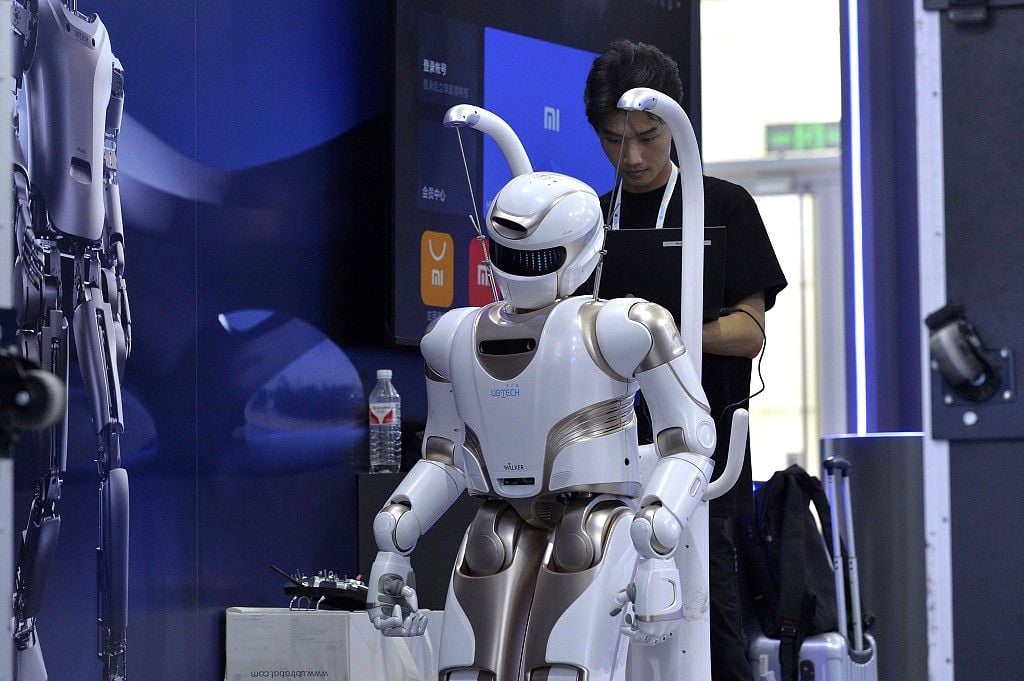
At the same time, the Communist Party of China has reformed the talent transfer mechanism, promoted the reasonable distribution of talents by region; established a talent exchange channel between universities, research institutes and enterprises; perfected the support mechanism, attracted talents from abroad, and the high-tech talent transfer mechanism, creating an internationally competitive system. Up to now, the talent attraction policy has developed from a single department, agency, and branch to the joint cooperation of many departments, agencies, and branches; from each locality and unit developing its own plan to the central government developing a unified plan and localities implementing it systematically. Since the 18th National Congress of the Communist Party of China (2012), China's young science and technology talent pool has been constantly increasing. The number of research and development (R&D) personnel in China increased from 4.167 million (in 2012) to 8.581 million (in 2021), with an average growth rate of 7.67%/year. During this period, the total number of natural science PhDs in China exceeded 450,000, with an average growth rate of 4.73%/year. In addition, more than 25,000 researchers choose to go to China to improve their qualifications every year, 80% of which focus on the natural science field (10) .
China prioritizes the management and development of high-quality science and technology human resources, deepens institutional reform, and science and technology talent mechanisms revolving around the strategy of national rejuvenation through science and education, the strategy of talent power, and the strategy of development based on innovation. In general, China's talent management and development policy system has been basically established, clearly reflected in the work of cultivating and attracting talents, while at the same time, the mechanism for assessment and classification, incentive mechanisms, and funding sources for science and technology research have been initially established.
However, China's talent management and development work still has some problems that need to be innovated in terms of awareness, institutions, mechanisms, and policies to achieve more substantial results: Firstly , the reform of the mechanism and institution of talent management still has some limitations, causing the comparative advantage in international competition to not be really established. The implementation in training, attracting, encouraging, managing, and employing talents lacks consistency; secondly , China has not yet built an evaluation mechanism for science and technology talents to focus on research and innovation, the mechanisms have not really created motivation and a healthy environment in the work of selecting and employing outstanding young talents. Currently, the evaluation of science and technology talents is based on the quantity and quality of scientific research results. In which, quantity is the number of articles, books, patents, and projects/topics...; Quality is the level of prestige of published journals, articles, books and the level of evaluation of completed projects/topics... The advantages of this evaluation index are high operationality, quantitative ability, clear evaluation process, thus achieving the goal of fairness and objectivity. However, this evaluation mechanism has not mentioned the creativity, theoretical value and practical application of the products created; third , the situation of ethical violations in scientific research still exists; fourth , the system supporting the transfer of scientific and technological achievements still has some problems. Currently, the rate of technology conversion/transfer in China is about 30%, while that of developed countries is 60% - 70%.
The practical implementation of the management and development of science and technology talents of the Communist Party of China has useful reference value for Vietnam in talent management. On December 22, 2024, General Secretary To Lam signed and issued Resolution No. 57-NQ/TW of the Politburo on breakthroughs in science, technology, innovation and national digital transformation. In particular, it emphasized that the development of science and technology, innovation and national digital transformation is the top important breakthrough, the main driving force for the rapid development of modern productive forces, perfecting production relations, innovating national governance methods, developing the economy - society, preventing the risk of falling behind, bringing the country to breakthrough development, prosperity and strength in the new era. The Resolution sets out 5 groups of targets by 2030, with a vision to 2045, and at the same time, identifies 7 groups of tasks and solutions. In particular, the key content is: "Developing and utilizing high-quality human resources and talents to meet the requirements of science and technology development, innovation and national digital transformation..." (11) . This is an urgent requirement to contribute to building an effective strategy to attract and utilize talents in Vietnam, helping to develop a high-quality human resource team, meeting the requirements and tasks set out in the field of science and technology. Thereby, contributing to creating a breakthrough driving force to promote socio-economic development and international integration in the new era./.
-------------------------------------------
(1)习近平:决胜全面建成小康社会夺取新时代中国特色社会主义伟大胜利—在中国共产党第十九次全国代表大会上的报告(Temporarily translated: Xi Jinping: Ensuring decisive victory in comprehensively building a moderately prosperous society, realizing the great victory of socialism with Chinese characteristics in the new era - Report of the 19th Congress of the Communist Party of China), October 27, 2017, https://www.gov.cn/zhuanti/2017-10/27/content_5234876.htm
(2), (5)习近平:高举中国特色社会主义伟大旗帜为全面建设社会主义现代化国家而团结奋斗——在中国共产党第二十次全国代表大会上的报告(Temporarily Translation: Xi Jinping: Holding high the great banner of socialism with Chinese characteristics, united in striving to comprehensively build a modern socialist country - Report of the XXth Congress of the Communist Party of China), dated October 25, 2022, https://www.gov.cn/xinwen/2022-10/25/content_5721685.htm
(3) 中央党内法规制定工作规划纲要(2023-2027年) (Temporarily translated: Outline of Plan for building the Central Party Charter (2023 - 2027), https://www.gov.cn/zhengce/202304/content_6777971.htm
(4) Notice on the Promulgation of the Medium- and Long-Term National Plan for the Development of Scientific and Technological Talents (2010-2020) (Temporary Translation: Notice on the Promulgation of the Medium- and Long-Term Plan for the Development of National Scientific and Technological Talents (2010-2020)), https://www.most.gov.cn/xxgk/xinxifenlei/fdzdgknr/fgzc/gfxwj/gfxwj2011/201108/t20110816_89059.html
(6) 一体推进教育科技人才事业发展 (Provisional translation: Promoting the integrated development of education, science and technology talents), http://www.moe.gov.cn/jyb_xwfb/s5148/202407/t20240701_1138815.html
(7) 加快建设教育强国、科技强国、人才强国 (Provisional translation: Promoting the building of a strong country in education, science, technology and talents), http://cpc.people.com.cn/n1/2022/1208/c448544-32582926.html
(8) 薛二勇: “一体推进教育、科技、人才发展” (Rough translation: Synchronously promote the development of education, science and technology and talents), November 5, 2024, https://baijiahao.baidu.com/s?id=1814828759531472586&wfr=spider&for=pc
(9) The Central Committee of the Communist Party of China issued “Opinions on Deepening the Reform of the Talent Development System and Mechanism”, https://www.gov.cn/zhengce/2016-03/21/content_5056113.htm
(10) (Temporary ) translation: New policy guidance: Commentary and analysis on some measures to enhance the training and use of young science and technology talents), https://baijiahao.baidu.com/s?id=1775639193761432831&wfr=spider&for=pc
(11) Resolution No. 57-NQ/TW on breakthroughs in science and technology development, innovation and national digital transformation, https://thuvienphapluat.vn/van-ban/Cong-nghe-thong-tin/Nghi-quyet-57-NQ-TW-2024-dot-pha-phat-trien-khoa-hoc-cong-nghe-doi-moi-sang-tao-637245.aspx
Source: https://tapchicongsan.org.vn/web/guest/the-gioi-van-de-su-kien/-/2018/1166202/kinh-nghiem-cua-dang-communist-trung-quoc-trong-quan-ly-va--phat-trien-nhan-tai-khoa-hoc---cong-nghe.aspx



![[Photo] General Secretary To Lam visits Long Thanh International Airport Project](https://vphoto.vietnam.vn/thumb/1200x675/vietnam/resource/IMAGE/2025/11/13/1763008564398_vna-potal-tong-bi-thu-to-lam-tham-du-an-cang-hang-khong-quoc-te-long-thanh-8404600-1261-jpg.webp)

![[Photo] The "scars" of Da Nang's mountains and forests after storms and floods](https://vphoto.vietnam.vn/thumb/1200x675/vietnam/resource/IMAGE/2025/11/13/1762996564834_sl8-jpg.webp)




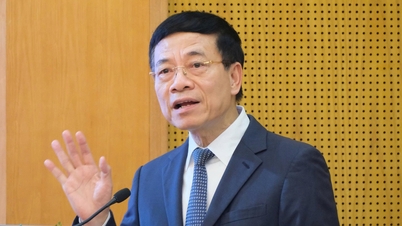



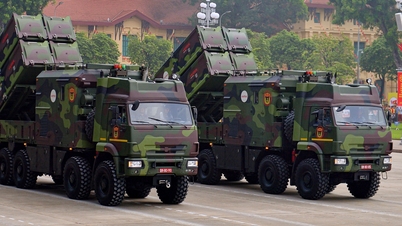



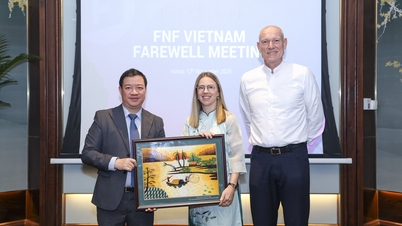

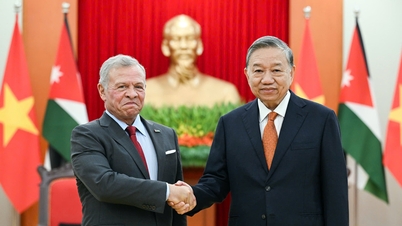

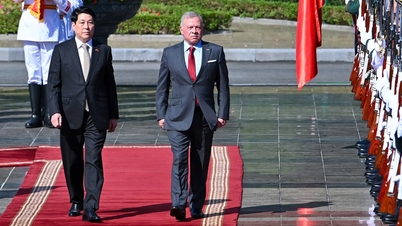



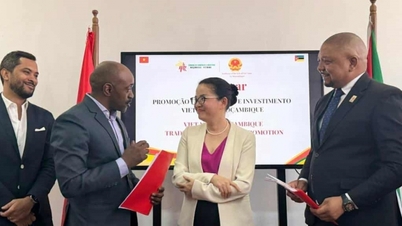















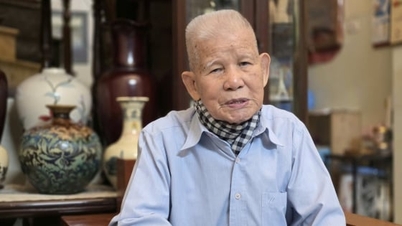


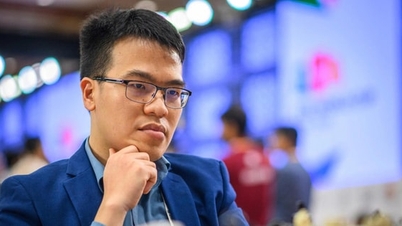



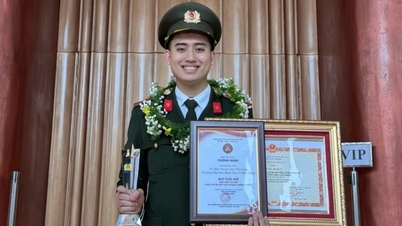

















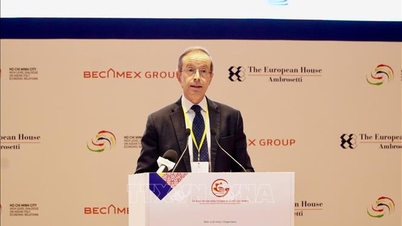


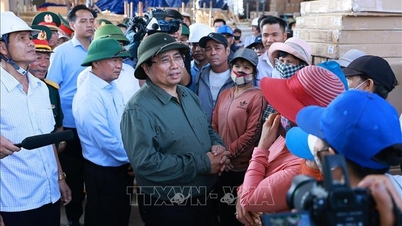







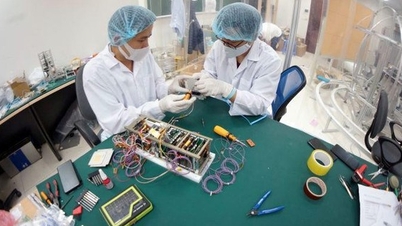


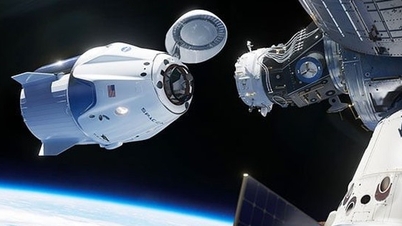
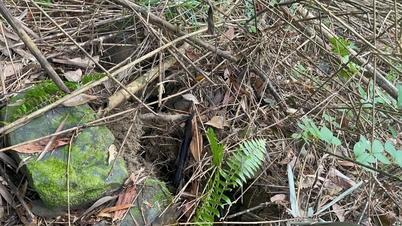













![Dong Nai OCOP transition: [Article 3] Linking tourism with OCOP product consumption](https://vphoto.vietnam.vn/thumb/402x226/vietnam/resource/IMAGE/2025/11/10/1762739199309_1324-2740-7_n-162543_981.jpeg)







Comment (0)